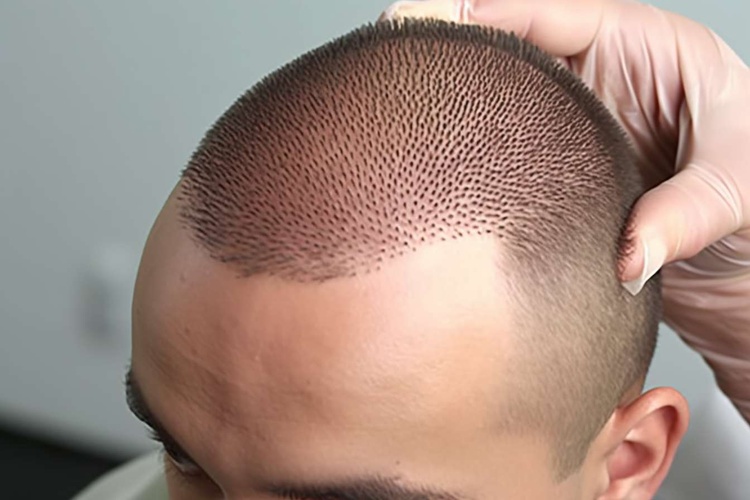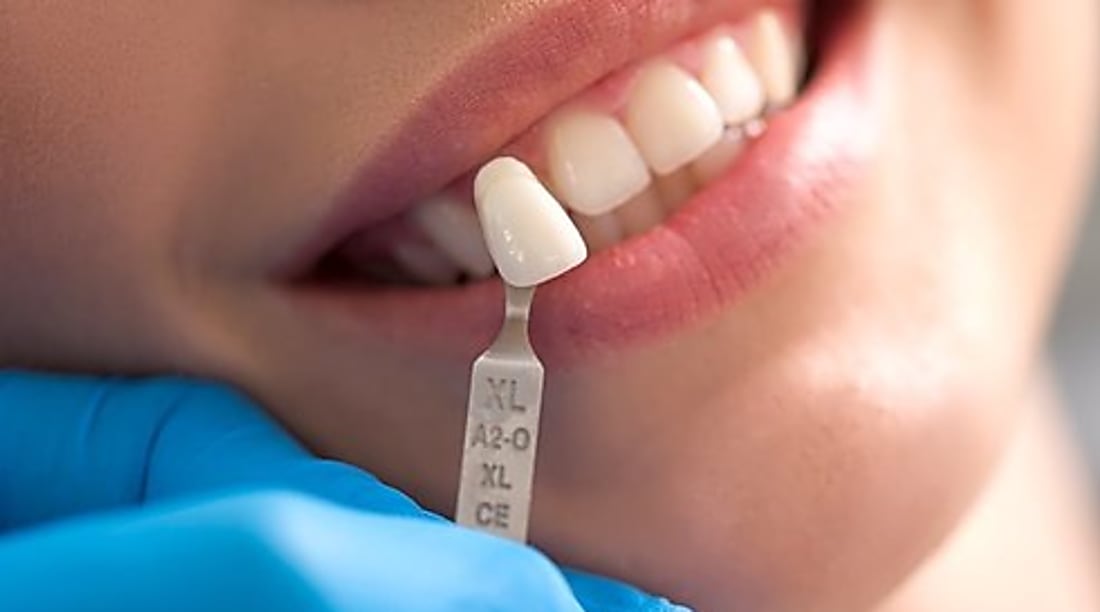Learn More about Hair Transplantation
Hair transplantation has become one of the most effective solutions for individuals experiencing hair loss, offering permanent results through advanced surgical techniques. This comprehensive procedure involves relocating healthy hair follicles from donor areas to regions affected by thinning or baldness, providing natural-looking restoration that can significantly boost confidence and appearance.

How to Get a Hair Transplant
The journey to obtaining a hair transplant begins with thorough research and consultation with qualified specialists. Start by identifying board-certified dermatologists or plastic surgeons who specialize in hair restoration procedures. During your initial consultation, the surgeon will evaluate your hair loss pattern, assess the quality of your donor hair, and discuss realistic expectations for the outcome.
Most reputable clinics offer detailed consultations where they examine your scalp condition, review your medical history, and explain different transplantation techniques available. The two primary methods are Follicular Unit Transplantation (FUT) and Follicular Unit Extraction (FUE). Your surgeon will recommend the most suitable approach based on your specific needs, hair type, and desired results.
Steps to Prepare for a Hair Transplant
Proper preparation significantly impacts the success of your hair transplant procedure. Begin preparation at least two weeks before your scheduled surgery by avoiding blood-thinning medications, alcohol consumption, and smoking, as these can affect healing and blood circulation. Your surgeon will provide a comprehensive pre-operative checklist tailored to your specific situation.
Essential preparation steps include arranging transportation for the day of surgery, as you may experience mild sedation effects. Plan to take several days off work, especially if your job involves physical activity or exposure to dust and debris. Stock up on prescribed medications, including antibiotics and pain relievers, and prepare a comfortable recovery area at home with extra pillows to keep your head elevated while sleeping.
Requirements for a Hair Transplant
Candidates for hair transplant procedures must meet specific medical and physical criteria to ensure optimal results. The primary requirement is having sufficient donor hair, typically from the back and sides of the scalp, where hair follicles are genetically resistant to balding. Age considerations are important, as surgeons generally prefer patients who are at least 25 years old and have stabilized hair loss patterns.
Medical requirements include being in good overall health without conditions that might impair healing, such as uncontrolled diabetes or autoimmune disorders. Realistic expectations are crucial, as hair transplantation provides improvement rather than complete restoration to original hair density. Some clinics may require patients to try non-surgical treatments first, particularly for younger individuals with early-stage hair loss.
Guide to Hair Transplant Procedures
The hair transplant procedure typically takes 4-8 hours, depending on the number of grafts being transplanted and the chosen technique. FUE procedures involve individually extracting follicles using specialized microsurgical tools, while FUT involves removing a strip of scalp tissue and dissecting it into individual grafts under microscopic guidance.
During the procedure, local anesthesia ensures patient comfort while the surgeon creates recipient sites in the balding areas and carefully places each graft at the correct angle and direction to mimic natural hair growth patterns. The transplanted hair will initially shed within 2-4 weeks, which is completely normal, before new growth begins around the third month. Full results typically become visible after 12-18 months.
| Clinic Name | Location | FUE Cost Range | FUT Cost Range |
|---|---|---|---|
| Bosley Hair Restoration | Multiple US Locations | $8,000-$15,000 | $6,000-$12,000 |
| Hair Club | International | $7,500-$14,000 | $5,500-$11,000 |
| ISHRS Member Clinics | Worldwide | $5,000-$20,000 | $4,000-$16,000 |
| Istanbul Hair Centers | Turkey | $2,000-$4,500 | $1,800-$3,500 |
Prices, rates, or cost estimates mentioned in this article are based on the latest available information but may change over time. Independent research is advised before making financial decisions.
Recovery and Aftercare Expectations
Post-operative care plays a vital role in achieving successful hair transplant results. The initial recovery period involves managing minor swelling and discomfort while following specific washing and care instructions provided by your surgical team. Most patients can return to desk jobs within 3-5 days, though strenuous activities should be avoided for at least two weeks.
Follow-up appointments allow your surgeon to monitor healing progress and address any concerns. Proper aftercare includes protecting the scalp from sun exposure, avoiding harsh hair products, and being gentle when washing or styling hair during the initial months of recovery.
Hair transplantation offers a permanent solution for hair loss when performed by qualified professionals using appropriate techniques. Success depends on careful candidate selection, proper preparation, skilled execution, and diligent aftercare. While the investment is significant, the long-term benefits of restored hair and increased confidence make it a worthwhile consideration for suitable candidates experiencing hair loss.
This article is for informational purposes only and should not be considered medical advice. Please consult a qualified healthcare professional for personalized guidance and treatment.




